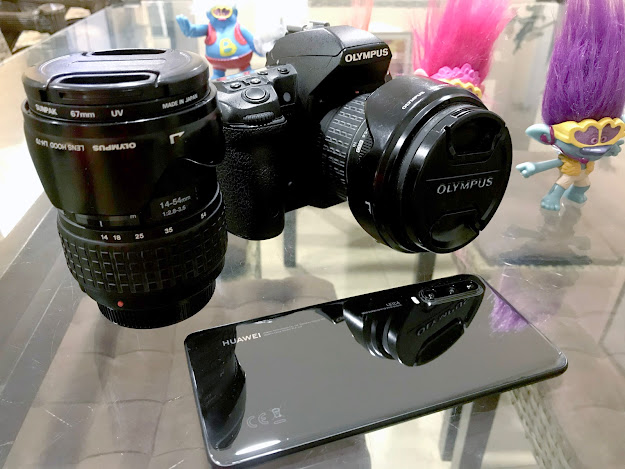Amazing Cebu City Timelapse by Garyl Paras
House NA10 - Modern 2 Storey Residential Building
Unique Solar Artwork by Jordan Mang-Osan
Can a Smartphone Camera Outperform an Old DSLR?
 |
| Huawei P30 vs Olympus E30 + Zuiko 14-54mm & 9-18mm |
Online Tools to Help Improve Your Writing Skills
Writing great articles is a skill that was never one of my strengths. Even though I love to share my ideas, I always struggle to convey my thoughts. Although I have a fundamental understanding of English, I find it difficult to arrange my thoughts. I find it hard to put words and sentences, and I have a little background in making complex sentences. I also tend to have grammatical errors, and despite knowing my weaknesses, I hardly read my articles.
That's why I've been using online tools to help me with my work and blog posts. These tools have greatly improved the way I create and structure my writing. I've been reviewing my past articles since the beginning of the quarantine. Now, I appreciate the importance of creating readable articles. It's a challenge to get your message across if readers don't understand what you're saying.
My articles may not be equivalent to a skilled writer, but it is an improvement compared to my previous output. These are the tools that I am currently using, and as a result, my grammar and vocabulary have improved.
Grammarly offers a free version that checks grammar, punctuation, spelling, and vocabulary. It has an integrated thesaurus that provides alternative synonyms that would fit your sentence better. Grammarly also alerts users to intricate text, misplaced words or phrases, word choice, incomplete sentences, monotonous sentences, and passive voice misuse.
The free version only provides notice of these issues. To remove these flaws, users need to correct the sentences manually. On the other hand, the premium version notifies which sentences need corrections and gives better options to fix these issues.
-
Tiny living spaces have always been of interest to me. It always astounds me how a well-designed small space can still offer comfort to the ...
-
For most of us, the office is where we spend a lot of our waking time. Whatever your line of work, mounting work and approaching deadlines w...
-
Stairs are an integral part of a multi-level structure. We use it to gain access to different floors of a building. The downside with stairs...
-
Location: Banilad, Mandaue City, Cebu Year: 2011 Floor Area: 540 sqm. Lot Area: 585 sqm. House MKA11 is a renovation for a two-storey re...





